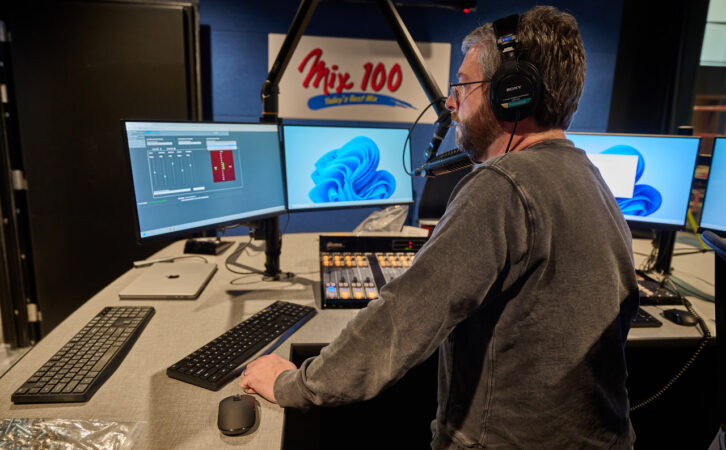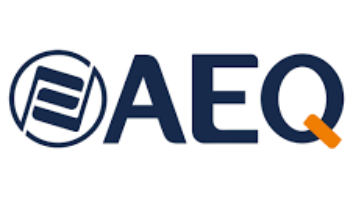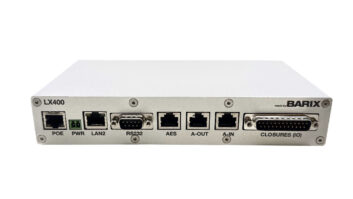Radio World’s ebook “Trends in Codecs 2024” explores this important product category.
Nick Straka is co-owner, with Daniel Hyatt, of technology solutions and integration company DNAV. He has worked in radio for 30 years “in all facets, from on-air, production, programming and even a tiny bit of sales.”
Radio World: Nick what would you say is the top trend in radio codecs?
Nick Straka: Design is evolving into higher-density boxes versus a 1:1 approach, which consumes a lot of rack space. We are seeing anything from the Comrex Access Rack that contains five discrete codecs to the Digigram Iqoya Serv/Link, which can expand with software updates to 64 stereo or 128 mono codecs in 1RU with redundant power supplies.
The remote side of codecs is relatively unchanged, due to the nature of being out in the field or at a remote site. The studio, TOC or NOC is where the change is most apparent.
It’s similar to when we eliminated racks of DAs for AoIP in how much space, power, network drops and switch capacity is reduced.
RW: How will virtualization and software-integrated air chains change how codecs are deployed?
Straka: A codec is just a software algorithm, and depending on the source code it can be as portable as needed between platforms. The greater public has been using software codecs en masse with Zoom, Teams and all the other meeting platforms.

RW: What improvements could yet be made in the quality of audio from the field?
Straka: The quality of the hardware that is passing along the audio to the codec itself. If a codec has a bad audio front end, that will be translated to the far end.
RW: How does the growing use of the cloud influence radio codecs and how they are deployed?
Straka: Management from a single login/page. Gone are the days where one needs to remember 137 IP addresses, ports and passwords.
RW: Have you done a recent codec installation that you think was notable?
Straka: We have just deployed a Digigram Serv/Link as the primary STL over 6 GHz microwave for a four-station cluster in Denver. All stations are handled in a 1RU box, and should the needs increase, a simple software-based upgrade will provide more channels. All I/O is handled via Dante and routed from their SAS system.
RW: What are the implications of FM-MPX and microMPX in codec deployments?
Straka: MPX over codecs can solve some issues but also create others. Too many times we have had clients say “Let’s do this!” And then the implications of inserting EAS and backup audio become all too real. It is not a one-size-fits-all solution.
RW: What considerations should be taken into account to allow talent to do their shows using their phones?
Straka: Use as high of a bitrate codec as possible. There are many reasons, including ratings, to use the highest possible bandwidth. A 64 kbps rate is just not acceptable in 2024.
RW: Has WebRTC had the impact that was projected for it? Why?
Straka: In some use cases, yes. When DNAV did the studio build out for CBS News Radio network, anchors were able to broadcast from home using WebRTC in Jutel RadioMan for two weeks while we did the upgrades to their SAS system. In essence, we were able to take the New York City system down with both remote anchors and steering the uplink out of the D.C. SAS facility.
RW: Is there a feature or capability that you wish codec manufacturers would make widely available?
Straka: Real-time display and logging of RS232, PAD or IP messages on the send and receive sides.












